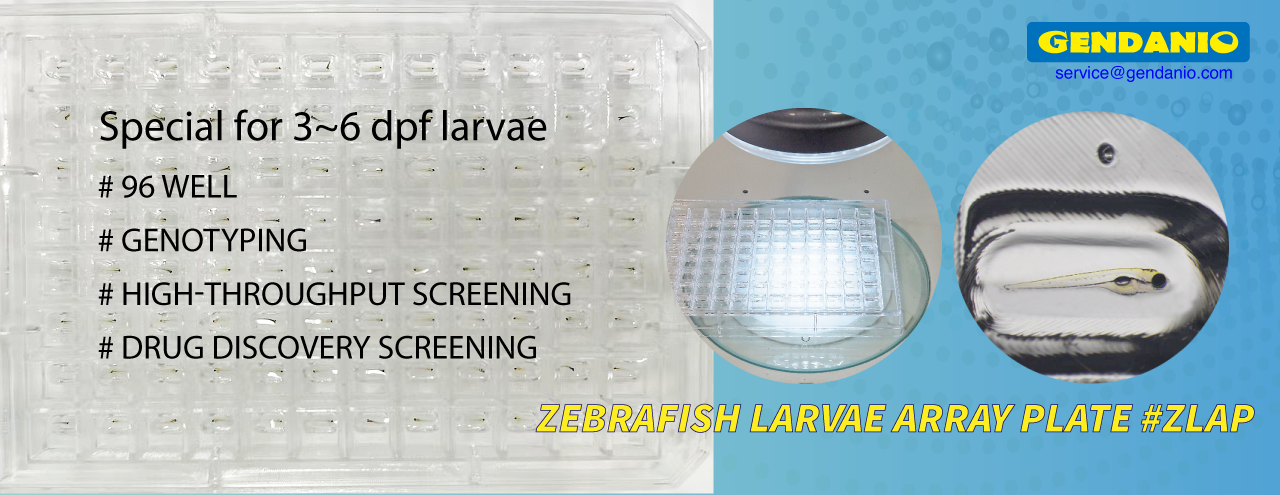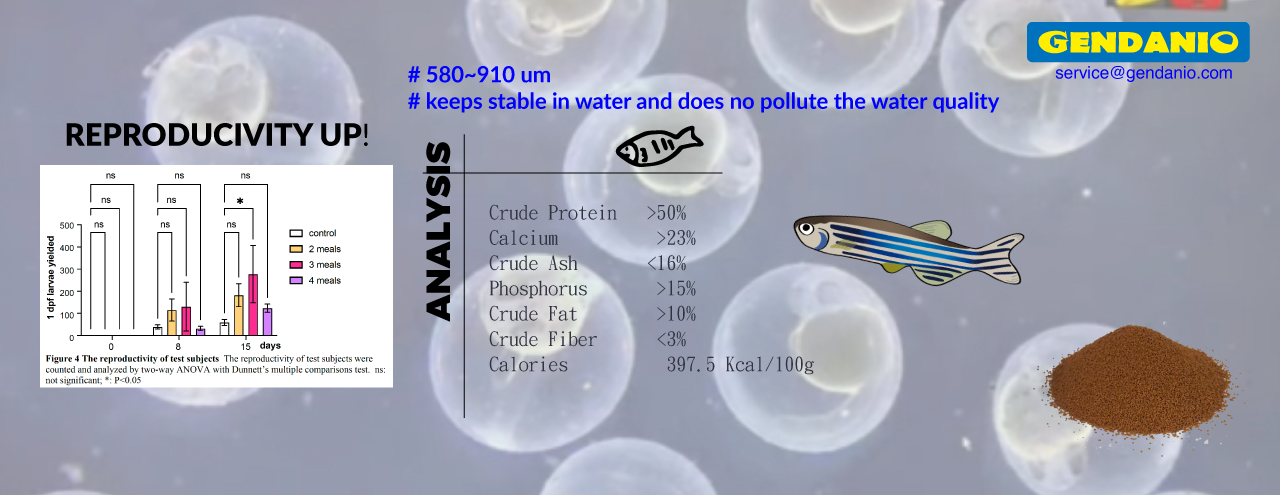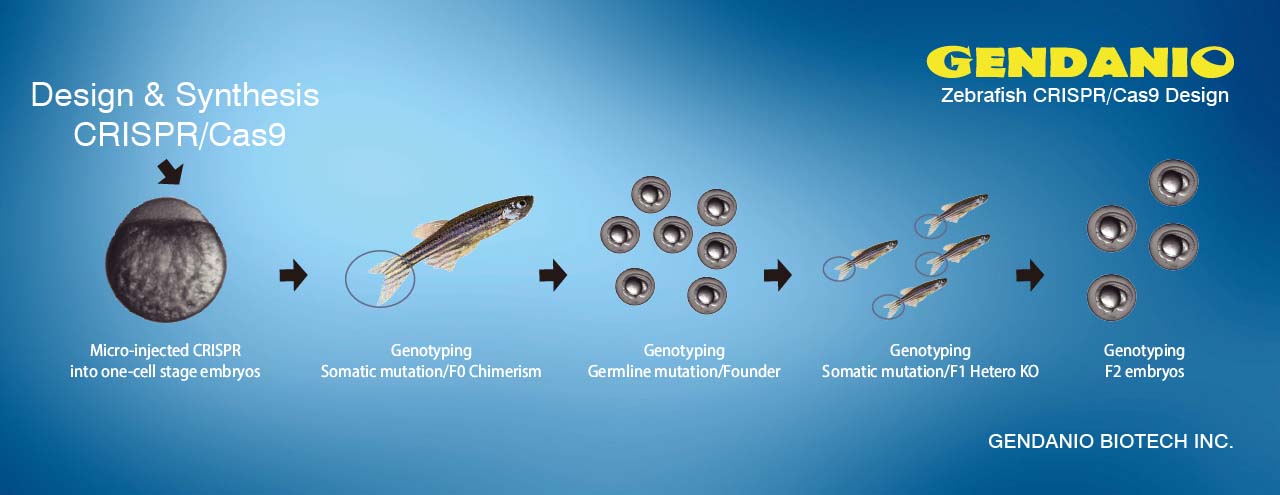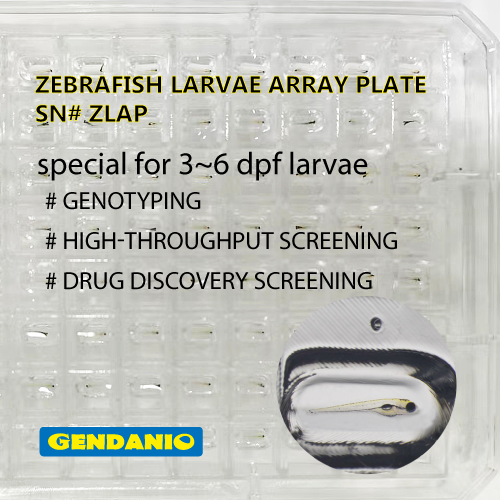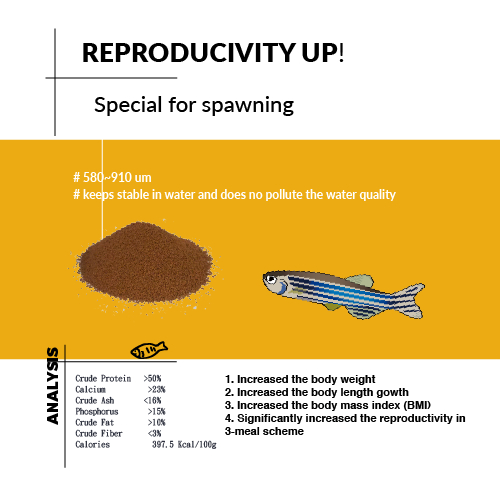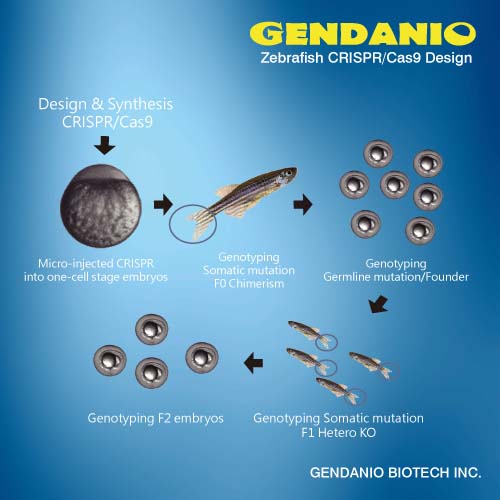ScienceDaily (Dec. 31, 2009) — The heartbeat is controlled by rapid conduction of an electrical current between heart muscle cells. Central to passage of the electrical current are structures known as gap junctions, low resistance conduits that link heart muscle cells and consist of proteins known as connexins.
Many forms of heart disease are associated with decreased gap junction coupling, and these changes predispose to abnormal heartbeats, which can be lethal. Robin Shaw and colleagues, at the University of California at San Francisco, have now identified a reason why there is decreased gap junction coupling in these situations using human, mouse, and zebrafish heart tissue.
The research appears in the Journal of Clinical Investigation.
In the study, the protein EB1, which delivers connexins to gap junctions, was found to be displaced in ischemic human hearts, stressed mouse hearts, and isolated cells subjected to oxidative stress, leading to decreased gap junction coupling. Further, in zebrafish hearts, oxidative stress reduced the membrane localization of connexin and slowed the spread of electrical currents.
The authors hope that developing approaches to preserve the ability of cells to transport connexins to the cell surface to form gap junctions might reduce potentially lethal abnormal heartbeats in humans with diseased hearts.
In an accompanying commentary, Gordon Tomaselli, at Johns Hopkins University School of Medicine, Baltimore, discusses the importance of maintaining normal gap junction function in the heart and explains how the work of Shaw and colleagues fits into the complex puzzle that is our understanding of how heart muscle cells communicate.
Source: ScienceDaily

